When it comes to finding the right pair of shoes, women who experience pronation face unique challenges. Pronation, the natural foot movement during walking and running, can lead to discomfort and complications if not properly supported. This article delves into the best shoes for pronation for women, exploring options to keep you comfortable whether you’re exercising, walking, or simply enjoying daily activities.
Understanding Pronation
Pronation refers to the way your foot rolls inward as you walk or run. While some degree of pronation is normal, excessive pronation—known as overpronation—can lead to various issues, including plantar fasciitis, shin splints, and knee pain.
Signs You Might Experience Overpronation
- Pain on the inside of your foot or heel
- Frequent ankle sprains
- Flat feet or low arches
- Uneven wear on your shoes’ soles
- Pain in the knees, hips, or lower back
Importance of Choosing the Right Shoes
The right shoes can significantly reduce the discomfort associated with overpronation. They provide necessary support, stability, and cushioning to help alleviate pain and prevent injuries.
Key Features to Look For in Pronation Shoes
- Arch Support: Essential for maintaining foot alignment.
- Cushioning: Helps absorb impact and reduce stress on joints.
- Stability: A supportive structure that prevents excessive foot movement.
- Flexibility: Allows natural foot movement without restriction.

The Best Shoes for Pronation in Women
Below we’ve compiled a list of the best shoes for pronation specifically designed for women. Each shoe has its unique features and benefits tailored to combat overpronation.
1. ASICS Gel-Kayano 28
The ASICS Gel-Kayano series is renowned for its stability and support. The Gel-Kayano 28 features Dynamic DuoMax Support System, enhancing support while reducing weight.
Pros and Cons
| Pros | Cons |
|---|---|
| Excellent arch support | Higher price point |
| Great cushioning for long runs | May be too rigid for some users |
2. Brooks Adrenaline GTS 21
The Brooks Adrenaline GTS 21 offers a balance of support and cushioning. With the GuideRails Holistic Support System, this shoe keeps excess movement in check.
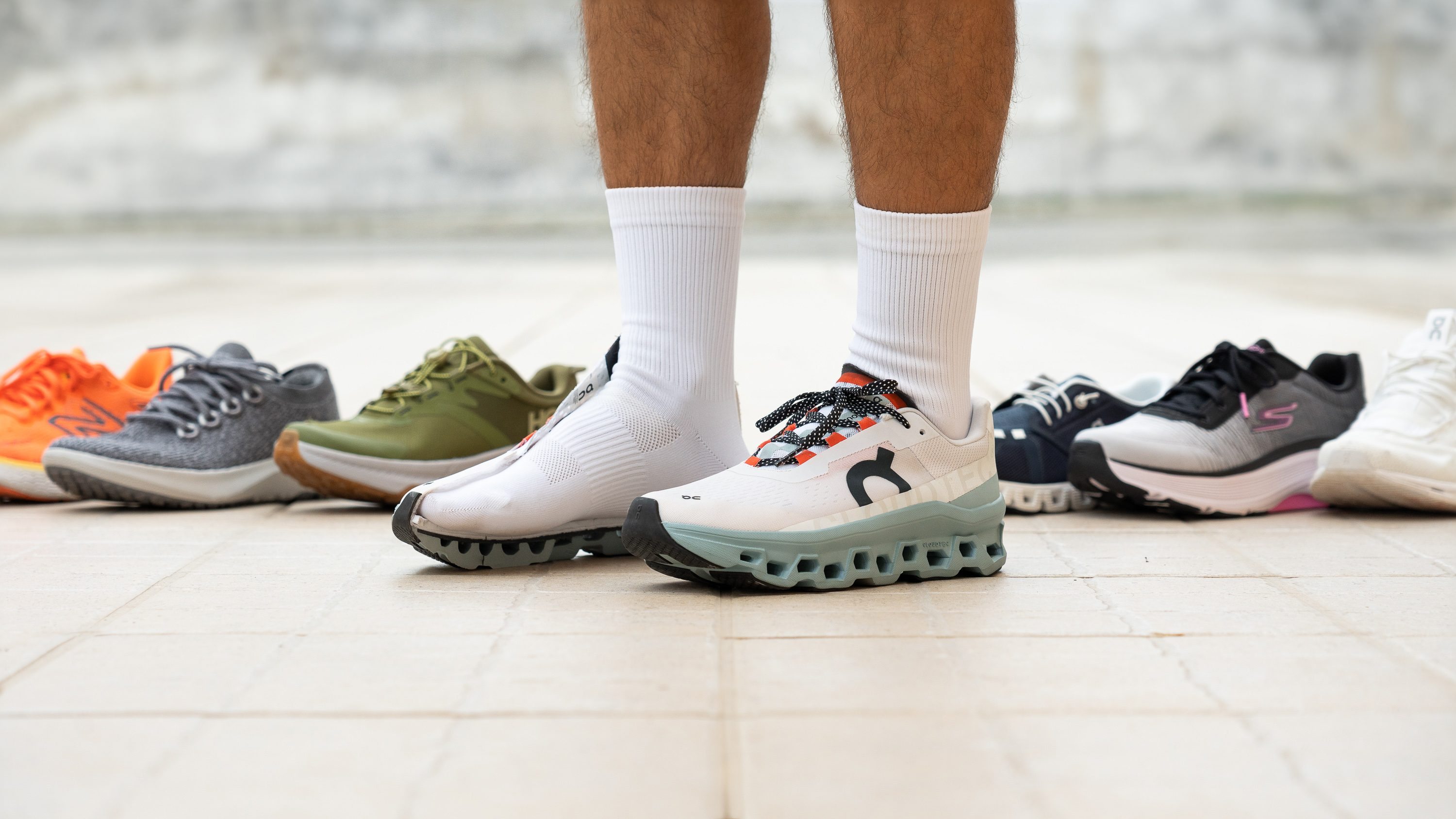
Pros and Cons
| Pros | Cons |
|---|---|
| Soft, comfortable fit | Can feel heavy for speed training |
| Great for daily wear | Stability may not suit all runners |
3. New Balance 860v11
For those needing extra stability, the New Balance 860v11 fits the bill. Its medial post helps control overpronation while providing excellent cushioning.
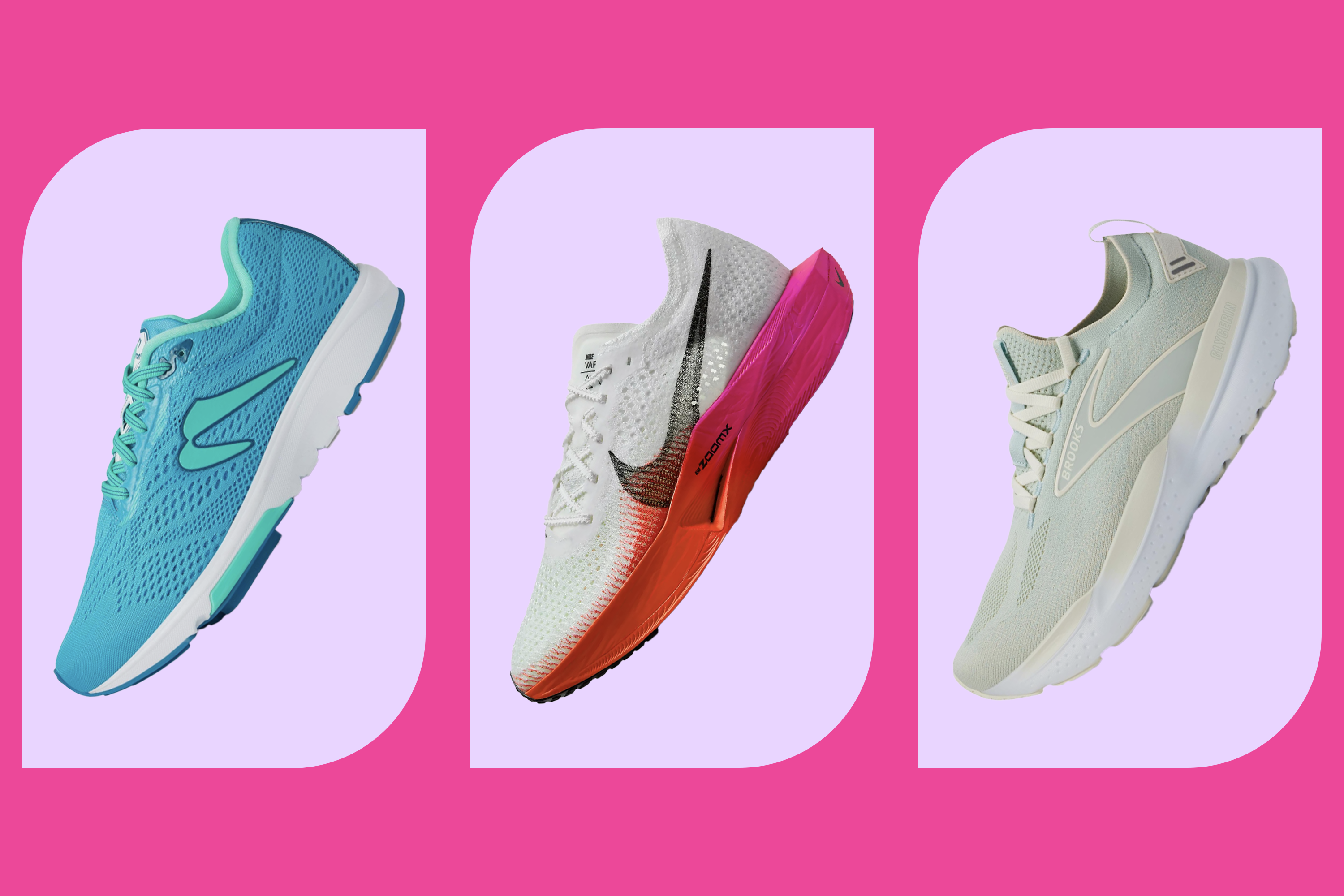
Pros and Cons
| Pros | Cons |
|---|---|
| Robust arch support | Not as lightweight as other options |
| Roomy toe box | Style may not appeal to everyone |
4. Saucony Guide 14
The Saucony Guide 14 stands out for its lightweight design and great stability. With PWRRUN cushioning, it keeps your feet comfortable mile after mile.

Pros and Cons
| Pros | Cons |
|---|---|
| Lightweight and breathable | Less support for extreme overpronators |
| Responsive feel | May require breaking in |
5. Hoka One One Arahi 5
Hoka One One is recognized for its maximalist cushioning. The Arahi 5 offers a unique blend of cushioning and support that works well for moderate overpronators.
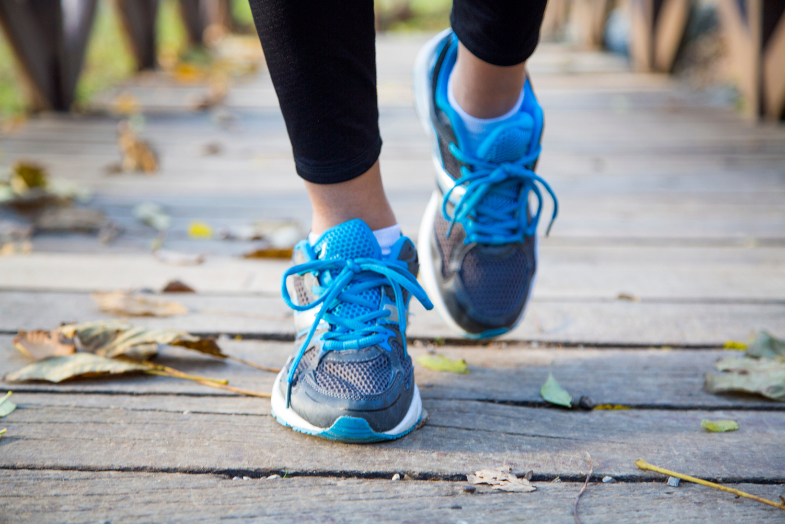
Pros and Cons
| Pros | Cons |
|---|---|
| Exceptional cushioning | May feel bulky for some users |
| Good stability and support | Limited color options |
How to Choose the Right Shoe for Pronation
Selecting the best shoe for your specific pronation requires a thoughtful approach. Here are some tips to help you make an informed decision:

1. Get Your Feet Measured
Visit a store that specializes in running shoes and get your feet measured. Pay attention to your arch type—flat, neutral, or high—as this will influence your shoe choice.
2. Consider Your Activity Level
Think about how you plan to use your shoes. Runners may need more cushioning and stability, while casual walkers may focus more on comfort and style.
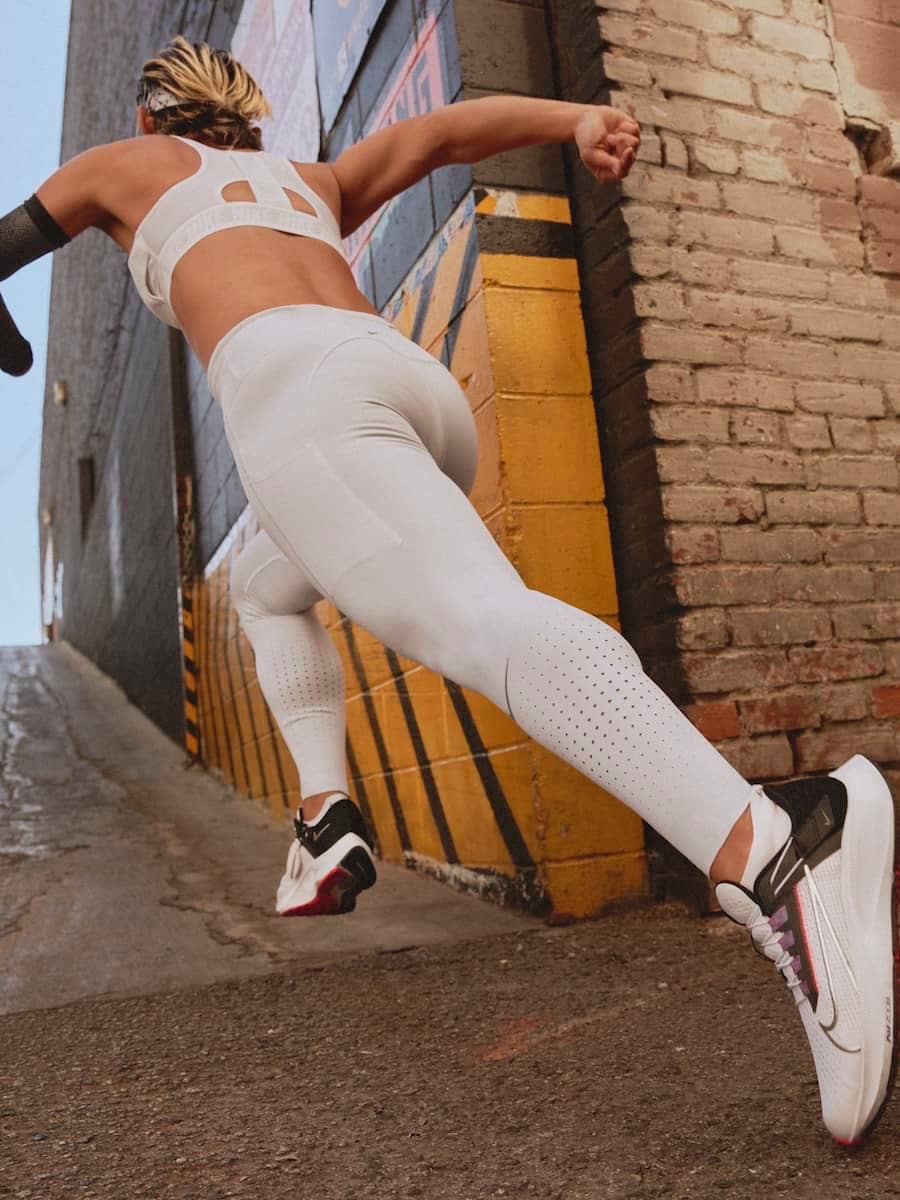
3. Try Before You Buy
Always try on shoes with the type of socks you intend to wear. Walk or jog around the store to gauge comfort and fit. There should be enough space to wiggle your toes without feeling cramped.
4. Look for Return Policies
Consider retailers that offer return policies allowing you to test the shoes at home. This is especially important if you’re trying a new brand or model.
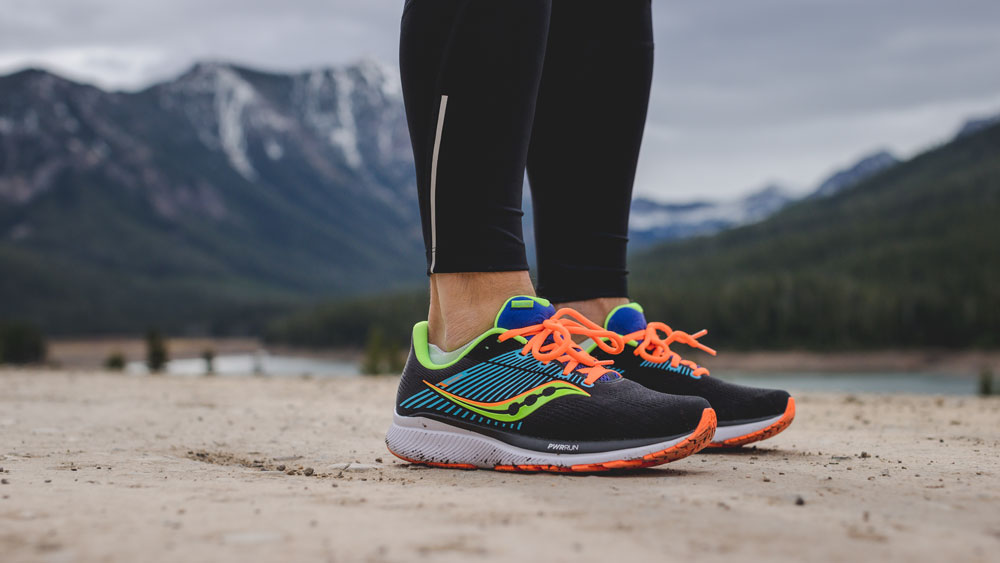
Expert Recommendations and Reviews
Several studies and expert opinions underscore the importance of selecting the right footwear for those dealing with overpronation. A study published in the Journal of Sports Sciences discusses how wearing the appropriate running shoes can lead to fewer injuries.
Fitness Communities and Local Insights
Many running clubs and local fitness groups offer fitting events where experienced staff can help you find the best shoes for your needs. Engaging with your community can provide valuable insights and recommendations based on real experiences.
FAQs About the Best Shoes for Pronation in Women
What are the signs of overpronation?
Signs include pain in the arch, heel, or knee, uneven wear patterns on shoes, and frequent foot-related injuries.
Are expensive shoes worth it?
Often, pricier shoes come with better materials and technology designed to offer support and durability, which can be worth the investment for those with specific needs due to overpronation.
Can I wear overpronation shoes for other activities?
Yes, shoes designed for overpronation can be used for walking, gym workouts, and other low-impact activities. It’s important to ensure they’re comfortable for other types of movement.
How often should I replace my running shoes?
It’s generally recommended to replace running shoes every 300 to 500 miles, but factors like your weight, running style, and terrain can affect this number.
Final Thoughts on Choosing Shoes for Pronation
Finding the right shoes for overpronation is crucial for maintaining foot health and overall comfort. With many options available, consider your individual needs, activity levels, and preferences when selecting the perfect pair. Remember to invest time in trying out different shoes, as the right fit can make all the difference in your daily comfort and performance.
With the right knowledge and the right equipment, women can confidently tackle any challenge with comfort and ease. Happy running!